WELLNESS
Designing offices with “WELLNESS” as the next-generation keyword
Scroll Down
A survey of office environment design among office tenants found that 73% of them put importance on interior environments. That underlines the fact that 67% of them see shortage of workers as a risk. The aim until now has been to produce high-quality, uniform office space with small amounts of energy, but offices now are expected to adapt to changing workstyles, and allow office workers to work in good health and with high intellectual productivity. That background has prompted the development of “WELL Building Standard”, in Japan and overseas. It is an era of change, so that interior environments, which are important from the wellness perspective, are now being designed comprehensively, to incorporate numerous factors, such as radiation, air quality, humidity, and colors, with the aim of providing diverse environments.
CATEGORY
RELATED PROJECTS
WELLNESS will change the architectural space design
In Wellness design, it is important to have a deep understanding of human physiology, as well as of changing of workstyles. People in the latest offices use cafes as work spaces, and there are napping rooms where people can refresh themselves by taking a nap. The optimum interior environment must be offered in each of these diverse spaces, based on human physiology. To that end, environmental control of aspects such as humidity, radiation, color, and odor, becomes necessary, in addition to the kind of design that has previously emphasized air temperature and brightness. For example, in hospital rooms which use radiant cooling, measurement has confirmed that needless body movement during sleep, due to air conditioner drafts, has almost completely ceased.
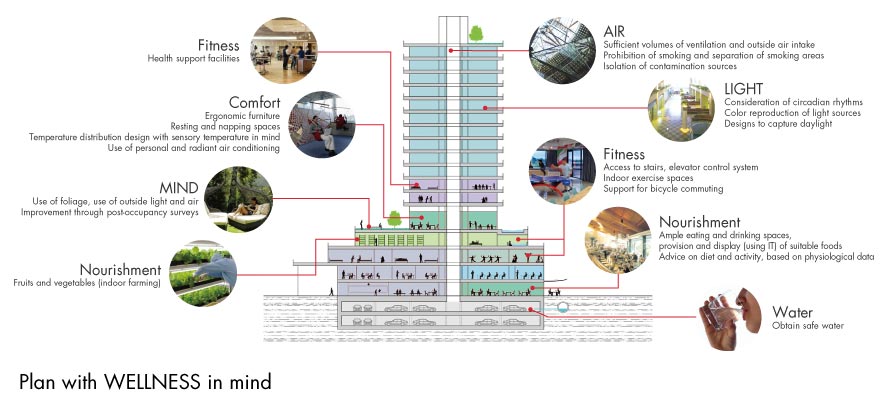
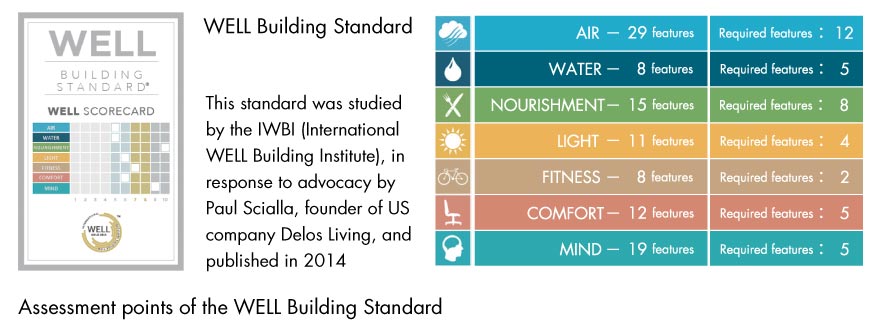
Radiant Heating and Cooling Is a Keyword for WELLNESS
It may somehow make occupants feel hot and stressed when the thermal environment is too still. In some cases, radiant cooling has been adopted that controls a slight and subtle air flow, to provide a feeling of coolness and to lower stress.
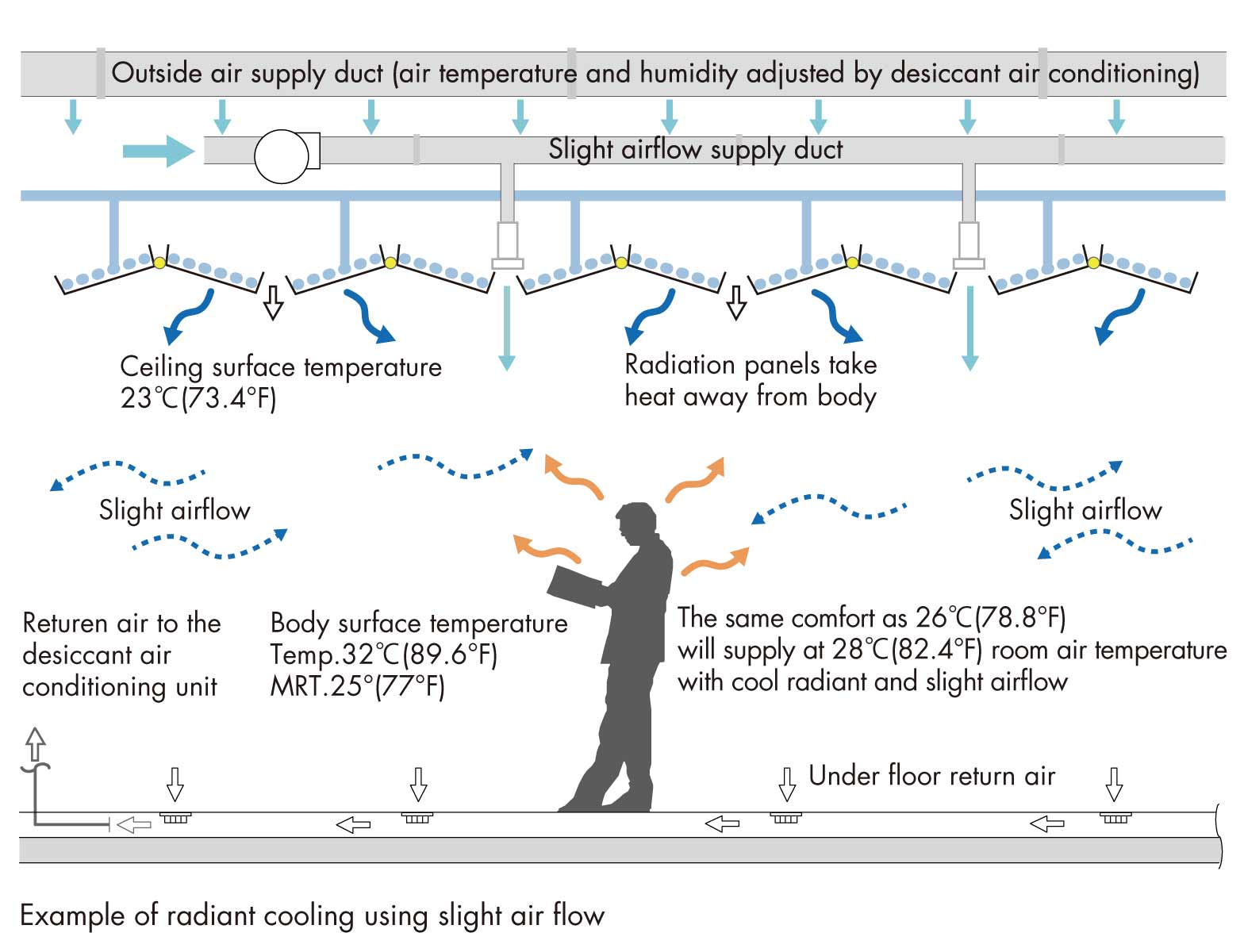
.jpg)
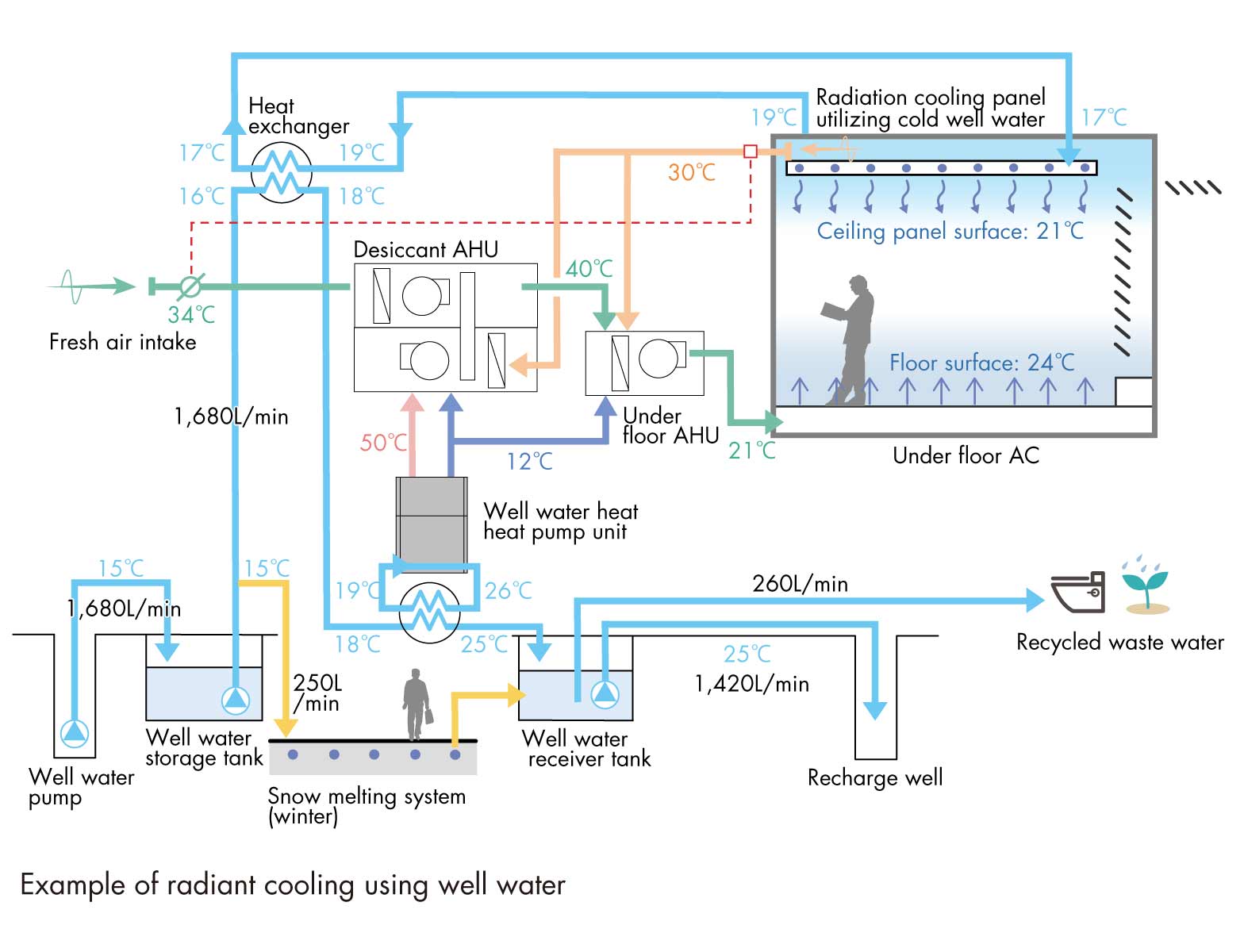

-
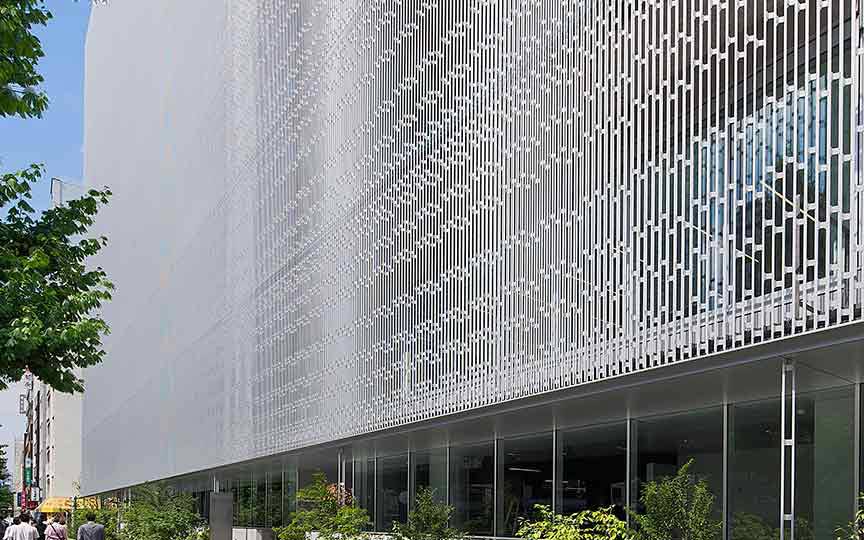 YKK 80 Building
YKK 80 Building
<Related Article>YKK 80 Building -
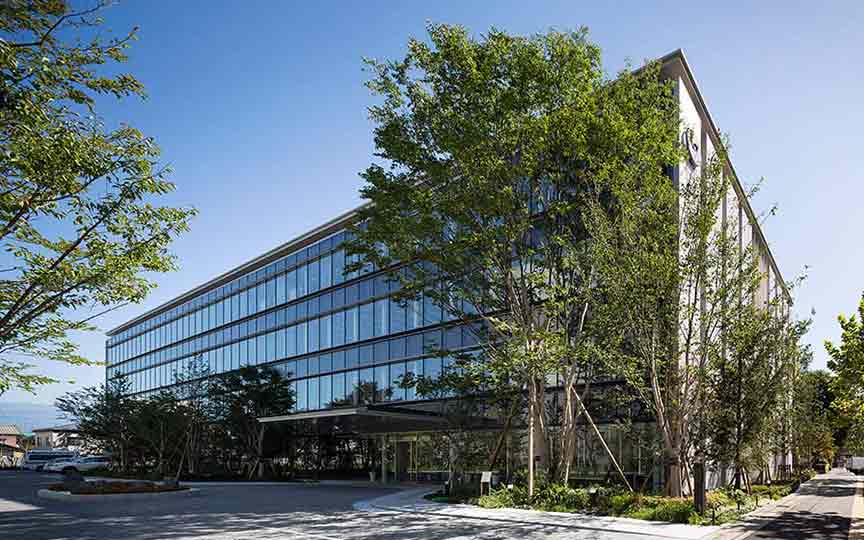 Densan New Headquaters Building
Densan New Headquaters Building
<Related Article1>Working toward the Realization of Comfortable and Energy Efficient Spaces with Climate and Landscape-Utilizing Radiant Heating and Cooling
<Related Article2>Creating Optimal Lighting Environments with a Focus on Light and Space

Air Effectively Humidified within 30cm from Personal Humidifier
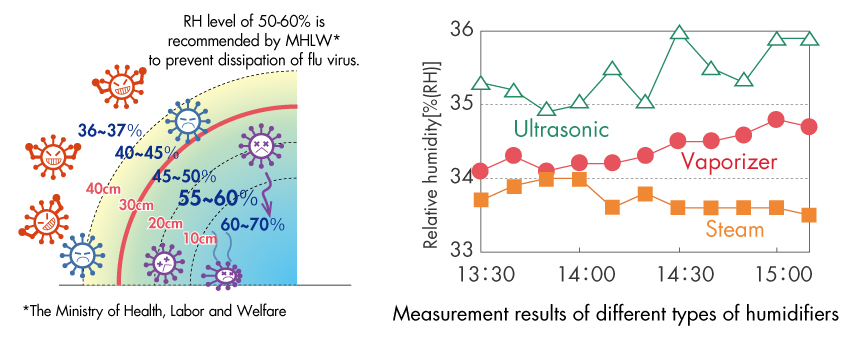
>Enlarge the image
>Naoko Noguchi
Enriching Air with Indoor Foliage
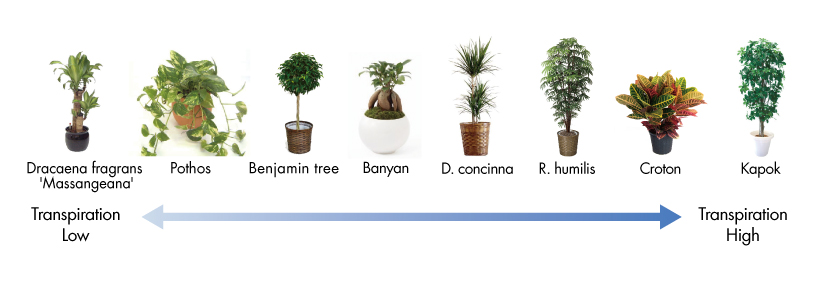
>Enlarge the image
>Yuriko Anzawa
5% Working Hour Decrease by Staggered Time
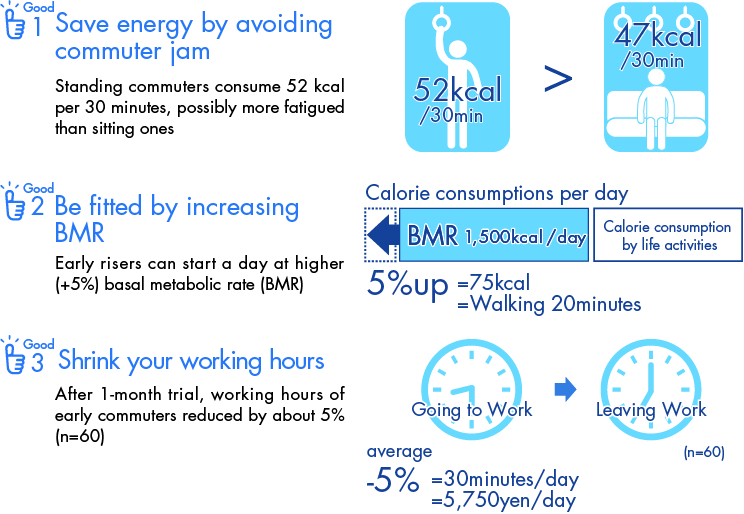
>Enlarge the image
>Masatoshi Kuboki
Portable Radiation Screen
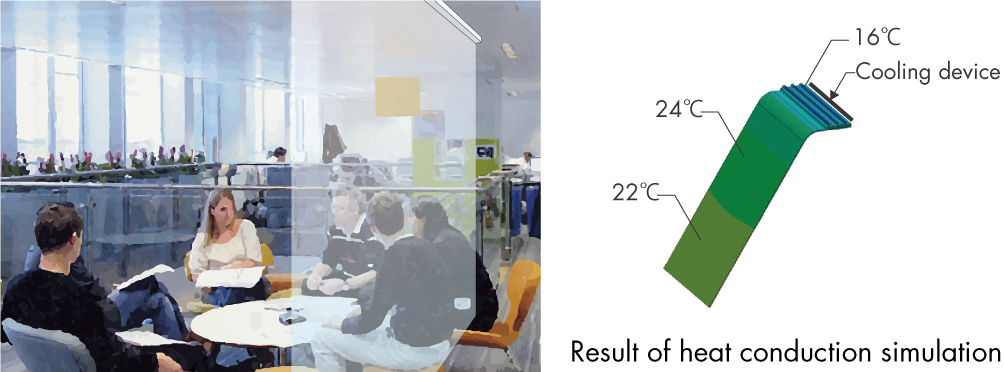
>Enlarge the image
>Keishiro Tachi
What Happens in Low Humidity Environment?
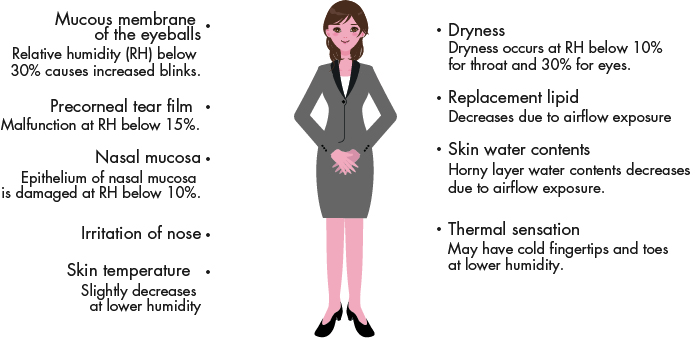
>Enlarge the image
>Yuriko Anzawa
Relaxing Colors and Stimulating Colors
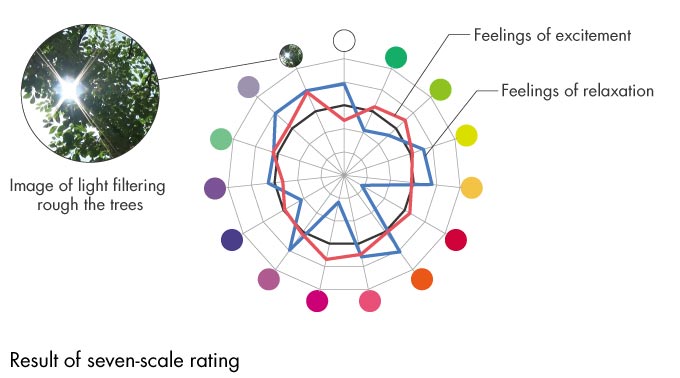
>Enlarge the image
>Tasuku Watanuki
The Ultimate Personal Wearable Heating and Cooling
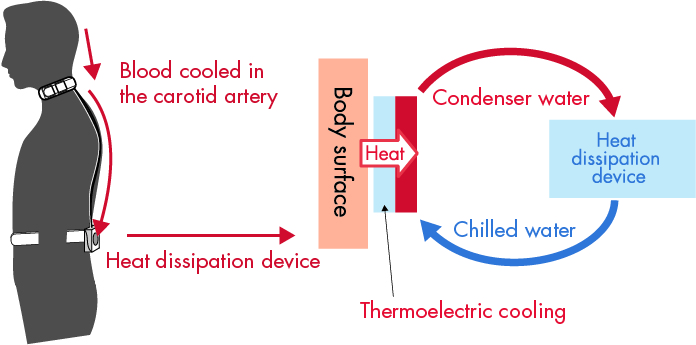
>Enlarge the image
>Takuro Fujii
>Yasuhiro Tabata
VDT Brightness for Computer Eye Strain Relief
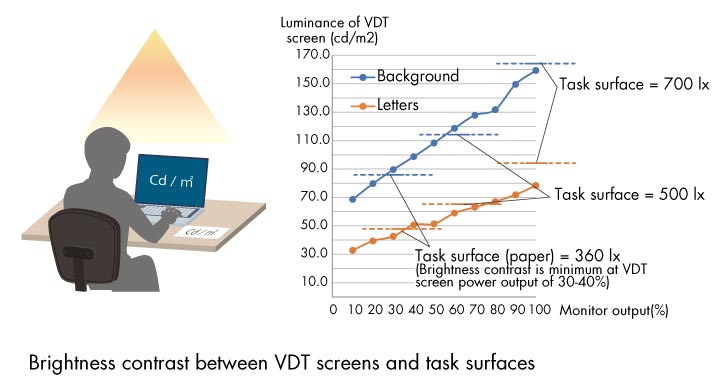
>Enlarge the image
>Hiroshi Tamura
Ventilation Control by Odor
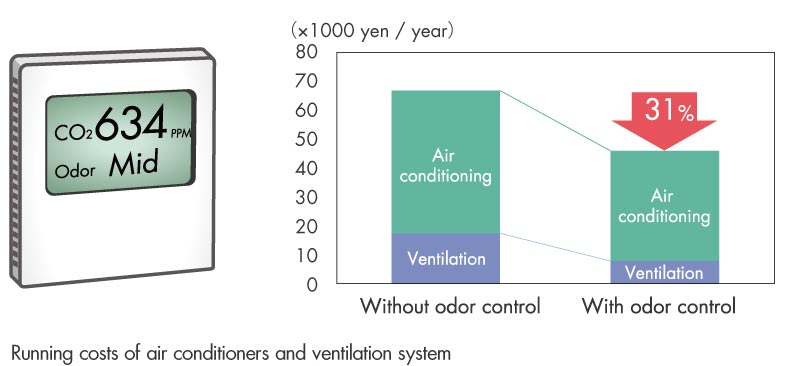
>Enlarge the image
>Satoshi Terashima
>Junko Yamamoto
Measuring Relaxation at the Fingertips
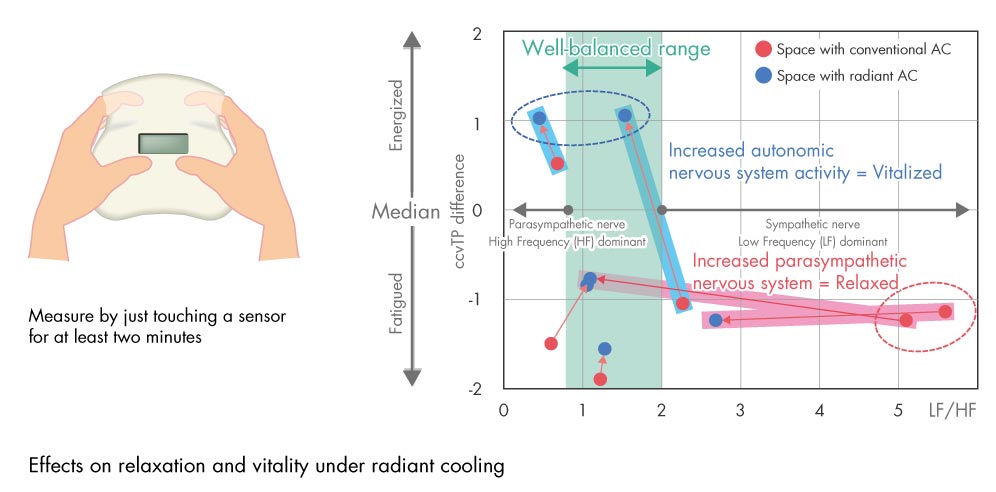
>Enlarge the image
>Yasuhiro Tabata
Fatigue Due to Office Furniture
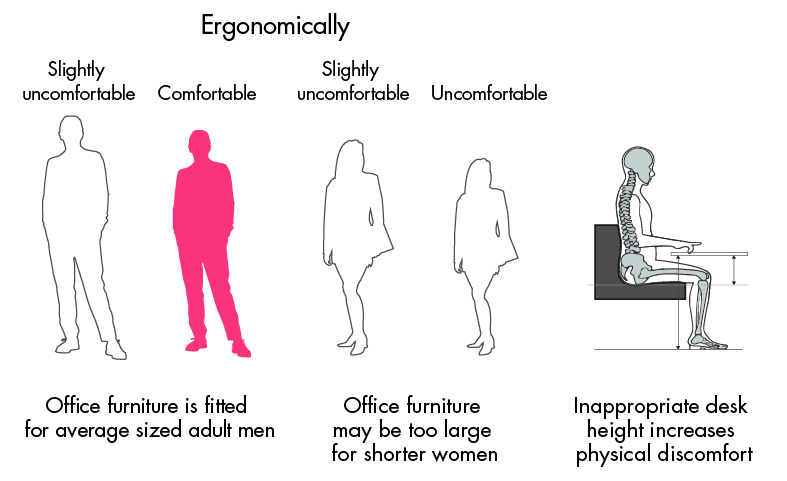
>Enlarge the image
>Kouichiro Hara